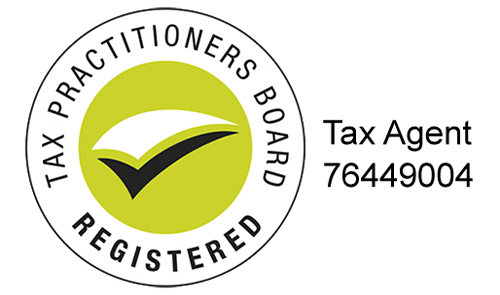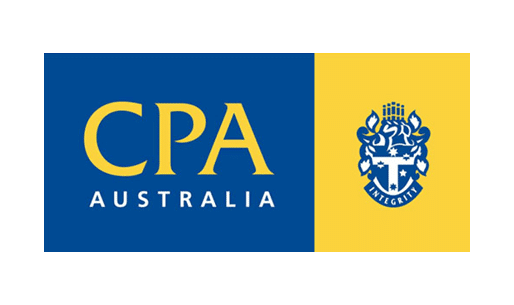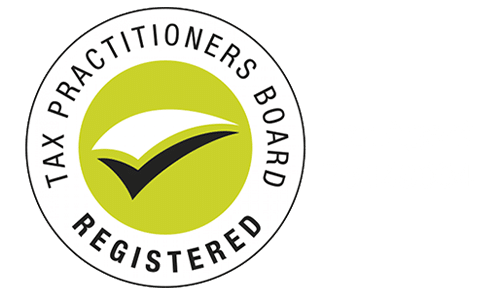TOO YOUNG TO TAKE CONTROL AND SET UP YOUR OWN SELF MANAGED SUPERANNUATION FUND (SMSF)?
Contrary to industry fears that young people are rushing to set up SMSFs, ATO statistics show that this is not the case.
The figures show that the sector is growing strongly. There is nothing detrimental in the young stepping up and setting up an SMSF and taking control of their superannuation, even with smaller balances, as long as there is a clear investment strategy and member’s have a stable record of
The notion that SMSF trustees are investing into residential property willy nilly is also not supported by the ATO figures. However, limited recourse borrowing arrangements (LRBAs) are one way to set in place a longer term superannuation accumulation strategy and worth considering along with any other strategy. All strategies should be given careful consideration in consultation with an authorised strategist.
The SMSF sector continues to grow and as people near retirement they are increasingly favouring establishing an SMSF to accumulate.
There are many things to consider and below is a simple checklist of things that should definitely be considered as a minimum when thinking of taking a “hands on approach” to your superannuation.
Checklist: setting up an SMSF
When getting started, keep some basic rules in mind:
- Each member must be a trustee;
- Trustees can’t receive payment for performing their duties;
- A member of the fund can be an employee of another member only if they’re related. For example, if you’ve got a small business that employs your son, he can be a member of your SMSF; however another employee who isn’t related to you can’t join the fund;
- As a trustee, you’re responsible for the fund complying with the regulations;
- The fund is a separate entity and needs to be separated from your own assets; and
- You need proper administrative procedures to comply with all requirements, for example, keep records of all meetings and decisions, prepare financial statements and lodge all required paperwork with the ATO.
To set up an SMSF you must follow some basic steps:
- Appoint trustees — can be a private company of which the members are the directors, (Optima Partners recommend a company trustee) or the alternative is that all the individual members of the SMSF must be trustees. If there’s only one member, there must either be a second individual trustee (you can appoint someone else such as a relative) or you can set up a private company of which you’re the sole director, which can act as the trustee of your fund. There are conditions about who can become a trustee, for example an undischarged bankrupt or anyone who has been convicted of an offence involving dishonesty can’t become a trustee.
- Get a trust deed — a legally binding document setting out the governing rules of the fund.
- Apply to the ATO to become a regulated fund within 60 days of setting up the fund, in order to obtain concessional tax treatment.
- Obtain a tax file number and ABN.
- Open a separate bank account in the fund’s name.
- Develop an investment strategy.
Other things to keep in mind are:
- Decide whether life or disability insurance should be taken out.
- Each member needs to nominate a dependant to receive their benefits if they die.
- Proper records must be kept, some for up to 10 years.
- SMSFs are prohibited from borrowing money other than in very limited circumstances.
- There are rules for buying assets from related parties
- SMSFs are in general prohibited from lending money to members or their relatives
There are many issues to consider, if you are interested in setting up your own SMSF, please contact Optima Partners for assistance.





